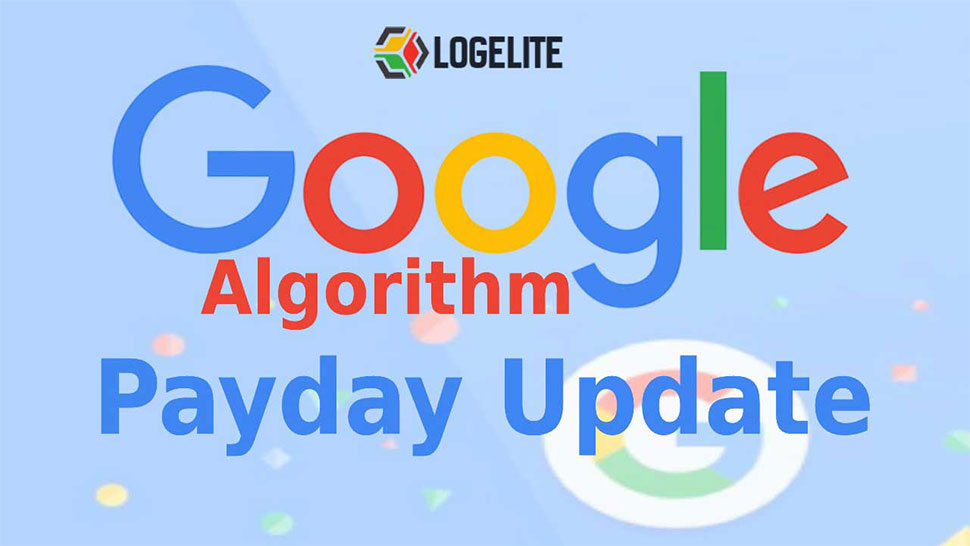Released in 2013, Google Payday Update was an algorithm that targeted queries and sites which are supposed to be spammy.
This update was significant and impacted approximately 0.3 % of queries in the U.S. alone.
Matt Cutts, head of Google’s webspam team at that time, said that the impact was as higher as 4 percent for Turkish queries; the reason might be those types of questions have more spam associated with them.
The main focus of Google was on spammy queries mostly associated with shady industries like super high-interest loans and payday loans, porn, and other heavily spammed queries.
According to Cutts, payday loans, casinos, debt consolidation sites would be affected along with other heavily spammed niches like pharmaceuticals, casinos, and other financial areas like mortgages and insurance.
While pre-announcing this change in a May 2013 Webmaster video, he said that payday loans or some pornographic related queries were less likely to be a target for Google’s spam team, and Google will look into this area shortly.
In this update, Payday loan 2.0 targeted spammy sites, and 3.0 focused its targeting on spammy queries.
The payday loan algorithm rolled out over a 1-2 month period. The first payday loan update occurred in June 2013. Payday loan update 2.0 came into action on May 16, 2014, with Payday 3.0 following shortly in June 2014.
Payday 3.0 included better protection against negative SEO attacks. This update included counterfeit sites. However, Cutts discussed this as a side effect, not the initial intent behind implementing the update.
Affected searches of the Payday Loan Algorithm 2.0 Update
Payday Loan 2.0 was more link-based, and it focused on high search volume + CPC keywords in which has the potential of too high spam.
Cutts mentioned that the affected searches in the U.S. were only about 0.3 percent.
Cutts officially announced Payday Loan Update 1.0 on Twitter on June 11, 2013.
How Industry reacted to Payday Loan 1.0
They believe that if you are marketing in the right way, you don’t need to worry about the adverse effect of Google updates until you have to face issues if someone else is not doing the cleanup correctly.
It is imperative to create and promote quality content, avoid transnational link building optimize sites for user intent, and you will stay in business.
They have been using the same strategy for years, even with Panda, Payday Loan, Penguin, but with the new updates, Google will continue to crack down on quality.
While some find that the Google penalty can potentially crush a brand’s hard-earned search results, leaving a brand with a fraction of the earned search visibility they once counted on for business.
Case Studies related to Payday Loan Update
Many case studies were published that attempted to identify the whereabouts of every algorithm update.
It might help understand their impact, their reach, how to avoid getting hit by the updates, and how you can recover and regain full search engine positioning.
Case Study 1 – put together by Link Research Tools.
In this case study, websites with heavily-spammed blog comments came into notice, which was negatively affected by this algorithm update.
Google finds the site extremely easy because of the footprint that stuck out the agency doing the work, a big no if you wanted to keep your sites unknown to the algorithm.
Footprints were visible in Cash Lady.co.uk, which included anchor text with variations of the payday loans, fast cash loans, etc.
Case Study 2 – performed by TrenchWorthy.
This case study included another theme in the highly-ranking site: heavily-spammed blog comments. It worked on all observations which were being manipulated and flying under Google’s radar.
The spammers were doing this by going after comments with heavily random footprints- with pictures of models, different personas, everything pointing more towards a natural link instead of an unnatural spammed link.
This case study consists of examples of paid links, guest posing, and hacking for link injection.
Case Study 3 – published by Steven Macdonald in September 2013.
Peachy.co.uk had an 81% loss in organic traffic because they used probably every possible linking technique to manipulate their rankings.
The article used thin content, paid links, keyword stuffing, article marketing, directories, and duplicate content. By August 2013, they realized they should do a website audit. They focused on three areas: content, usability, and links before filing the reconsideration request.
Their method included identifying and improving thin content that needed to be improved. The site removed approximately 60 percent of all linking domains. The next few months would see a shift in content focus to education. A full user experience overhaul was also necessary.
They had a successful re-inclusion of the site on Google when they filed the reconsideration request.
Google Patents & Updates
Sinceo2016, On the AdWords side, Google is now banning Payday loan and other risky loan ads. It is in contrast to prior stances at Google on allowing anyone to benefit from the AdWords side.
Change in SEO Since the Payday Loan Update
Now more SEO professionals than ever began placing more emphasis on Google’s Webmaster Guidelines. More risk was associated with gray/ black hat SEO techniques.
SEO primarily focused on a massive amount of manipulation before this update. Manipulation still occurs today with techniques to fly under Google’s radar, but it is easier than ever to get caught if you are not careful.
Don’t do these techniques on your site, and make sure that your considering approach is not against Google’s Webmaster Guidelines.
Look before you move forward, and always check your methods before implementing SEO techniques that can be harmful to your overall SEO efforts.

Comment
Write a Reply or Comment